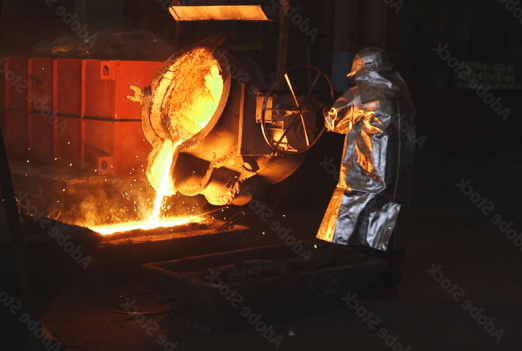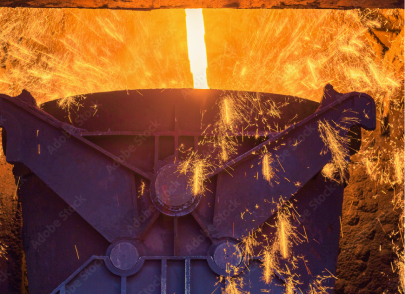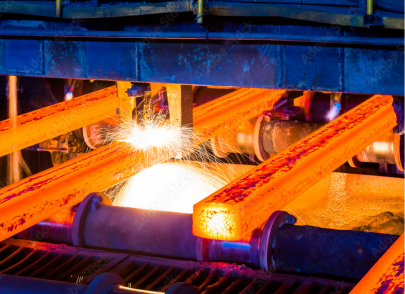Pig iron – an alloy of iron with carbon, produced as an output of the blast furnace. Pig iron has a high carbon content (3%-4,3%) and numerous impurities so that it is fragile and useless as a material. The name indicates that it is a raw material used for further productive step.
Cast iron – pig iron melted again with any cast iron or steel scrap and additives. Cast iron contains 2,2%-3,6% carbon.
Cast steel – multi-alloy of iron with carbon, containing less than 2% of carbon, not treated with any forming operation, intended for casting. Cast steel has much better mechanical properties than cast iron. In particular, it can be treated with forming operations. The varieties of cast steel with a carbon content below 0,25% are also well weldable.
Steel – on alloy if iron with carbon after forming operation (eg. rolling) containing less than 2% carbon.


